There’s something about Moab. The red rocks, the whispering canyons, and the feeling that time runs a little differently out there. Maybe it’s the dry desert air or the way the cliffs glow at sunset. Or maybe—it’s the glyphs.
For those chasing symbols etched into stone by ancient hands, Moab is a dream carved into sandstone. Whether you're a weekend wanderer or a die-hard petroglyph enthusiast, this guide will take you through some of the most captivating rock art spots around Moab, with rough directions, a little myth, and a whole lot of desert charm.
Golf Course Petroglyphs: Home of the "Moab Man"
Tucked near a quiet Moab neighborhood, the Golf Course Petroglyphs are surprisingly accessible. Follow the signs off Spanish Valley Drive, and you’ll find a short trail that leads to a rock face absolutely packed with figures.
What to look for:
- Moab Man: A proud figure with an unmistakable stance.
- The Trickster: Mischievous vibes radiate from this jubilant coyote petroglyph.
- Friendly Man: Hand raised, welcoming or warning—you decide.
Photo Tip: Visit in the late afternoon for shadows that bring the glyphs to life.


Potash Road Petroglyphs: Warriors & Spirals
Drive along Highway 279 (Potash Road), and keep your eyes on the cliffs—you’ll spot petroglyphs right from the road.
What to look for:
- Warrior Figures: Bold, broad-shouldered, often with shields.
- Spiral: Possibly representing life, migration, or something more cosmic.
Getting there: From Moab, take Hwy 191 north, then turn west onto 279. Look for marked pull-offs.
Photo Tip: Morning light is best for clarity.



Moonflower Canyon: Hidden History
This spot doubles as a beautiful, shaded hike and a quiet place to reflect. Just a few minutes outside of town, Moonflower Canyon offers easy access to petroglyphs right at the mouth of the trail.
What to look for:
- Clustered figures and faded marks—subtle but deeply spiritual.
Getting there: Head west on Kane Creek Blvd. Look for the trailhead parking sign.
Photo Tip: Bring a polarizing filter for the best contrast.

Poison Spider Trailhead: Push Me Pull You & Dino Tracks
This one’s a double feature. The petroglyphs are just a short walk up from the trailhead kiosk. Keep climbing a bit farther, and you’ll stumble on preserved dinosaur tracks.
What to look for:
- "Push Me Pull You": A two-headed creature, or perhaps a metaphor?
- Dinosaur Tracks: Natural stone imprints from the Jurassic era.
Getting there: Same Potash Road (Hwy 279). Trailhead is well-marked.



Birthing Rock: Striking & Controversial
Birthing Rock stands alone in the desert, its petroglyphs wrapping around all sides of the boulder. This is one of Moab’s most discussed sites—some glyphs are believed to show a birthing scene, giving the rock its name.
What to look for:
- Central female figure in birthing posture.
- Surrounding animal and shaman-like figures.
Getting there: Take Kane Creek Blvd west. It's a bit of a bumpy drive but doable in most vehicles.
Photo Tip: Sunset adds a glow that enhances the texture.

Courthouse Wash Pictographs: Painted Legends
Unlike the other carved petroglyphs, these are pictographs—painted with mineral pigments. They’re older, more fragile, and feel ghostly in the best way.
What to look for:
- Fremont-style human figures and mysterious shapes.
Getting there: North of Moab, in Arches National Park near the Courthouse Wash Bridge. Requires a short hike.
Photo Tip: Use a zoom lens and don’t touch—these are delicate.

Brief History & Mythology
Moab’s petroglyphs and pictographs were primarily created by the Fremont people (circa 1–1300 AD) and later by Ute tribes. Symbols like the spiral may represent journeys, while shaman figures and warriors speak to spiritual beliefs and storytelling. The exact meanings? Often lost to time—but that’s part of the magic.
These weren’t just doodles—they were marks of identity, records of myth, signs of territory, or sacred rituals. They were glyphs that mattered.
Final Thoughts
Standing in front of these ancient glyphs, it’s impossible not to feel a little awestruck. The artistry, the mystery—it all connects you to something older and wilder. If you’re drawn to these symbols, we get it. That’s why we created the Petroglyph Collection at Eternal Glyph—to carry those timeless markings into today.
Just remember: leave no trace, take only photos.






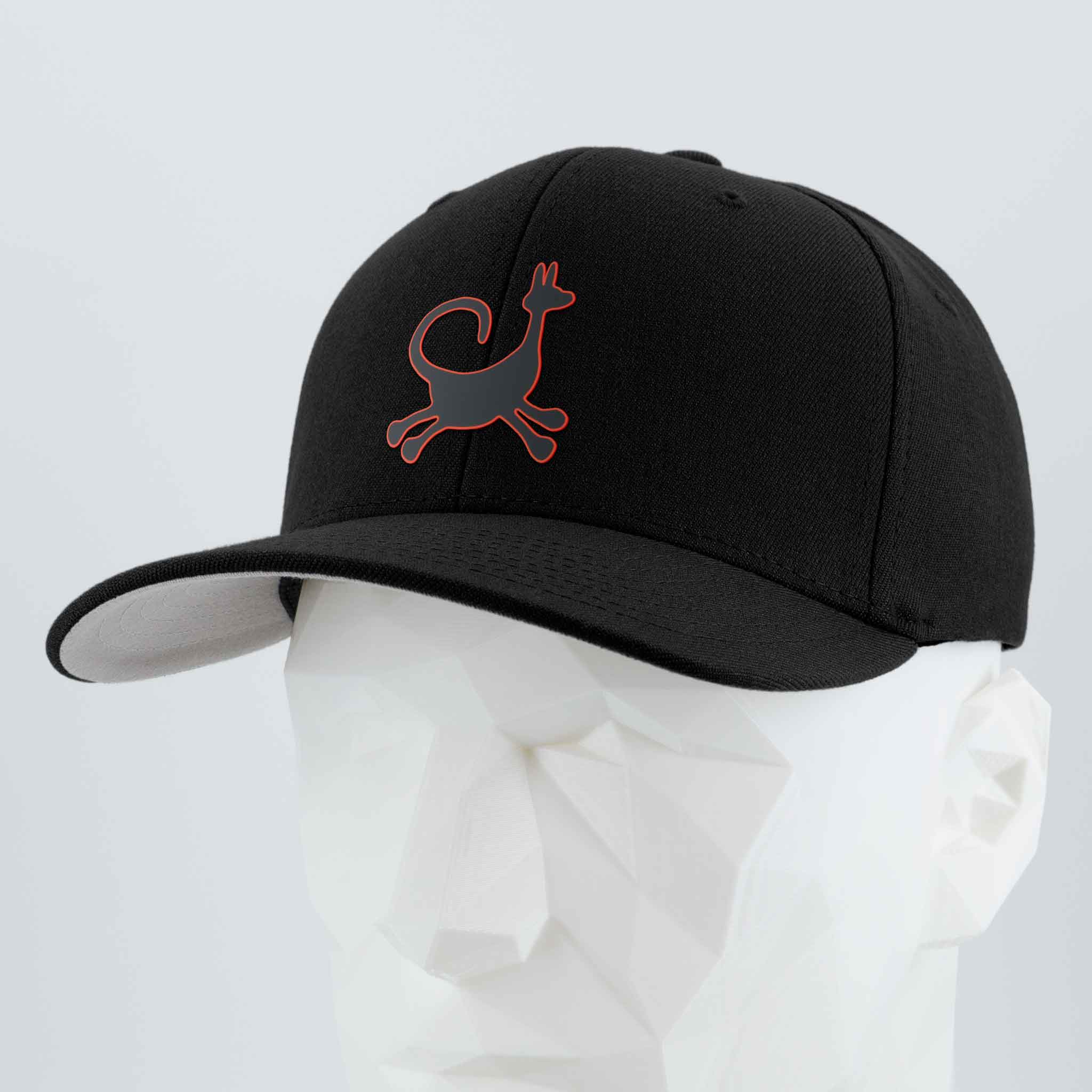
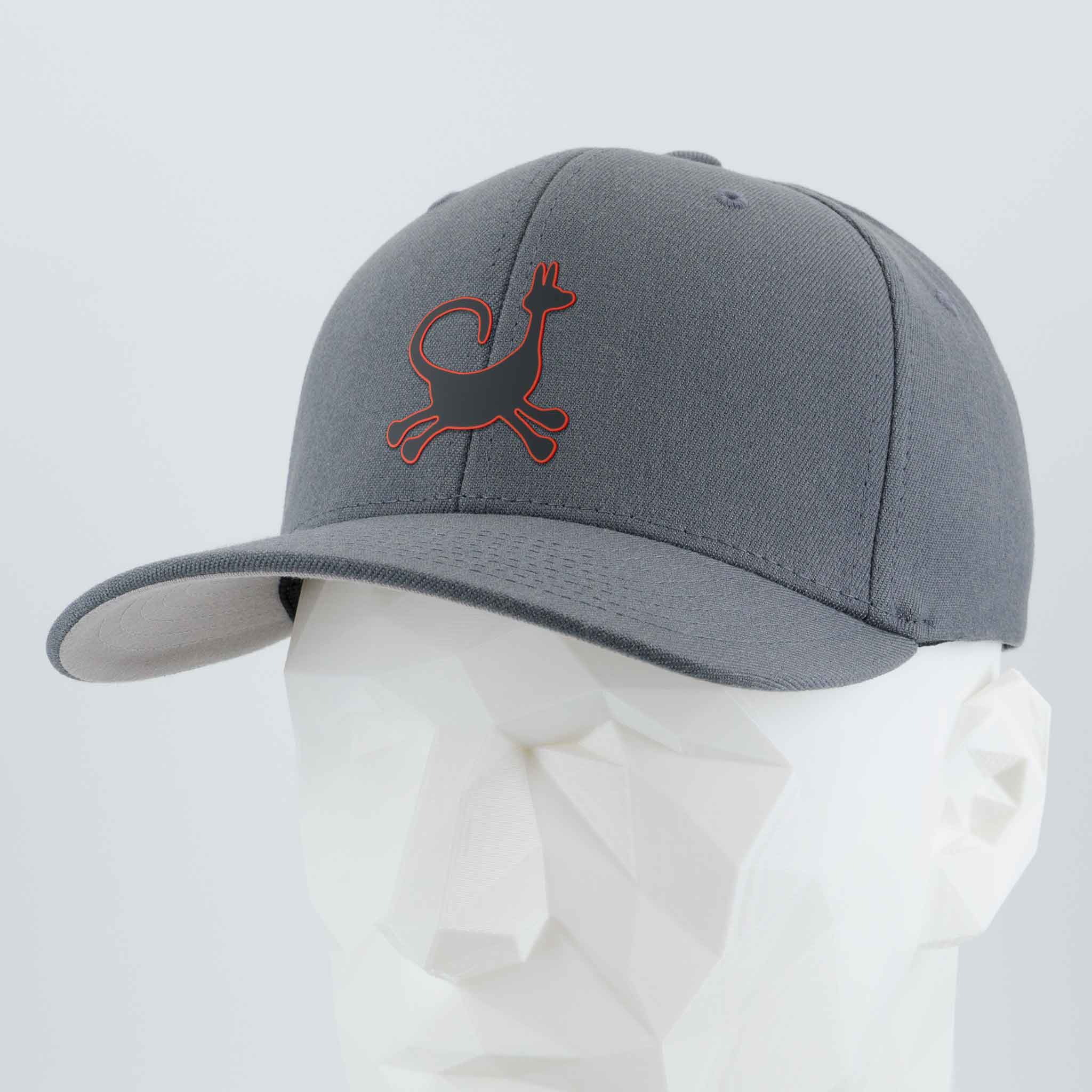


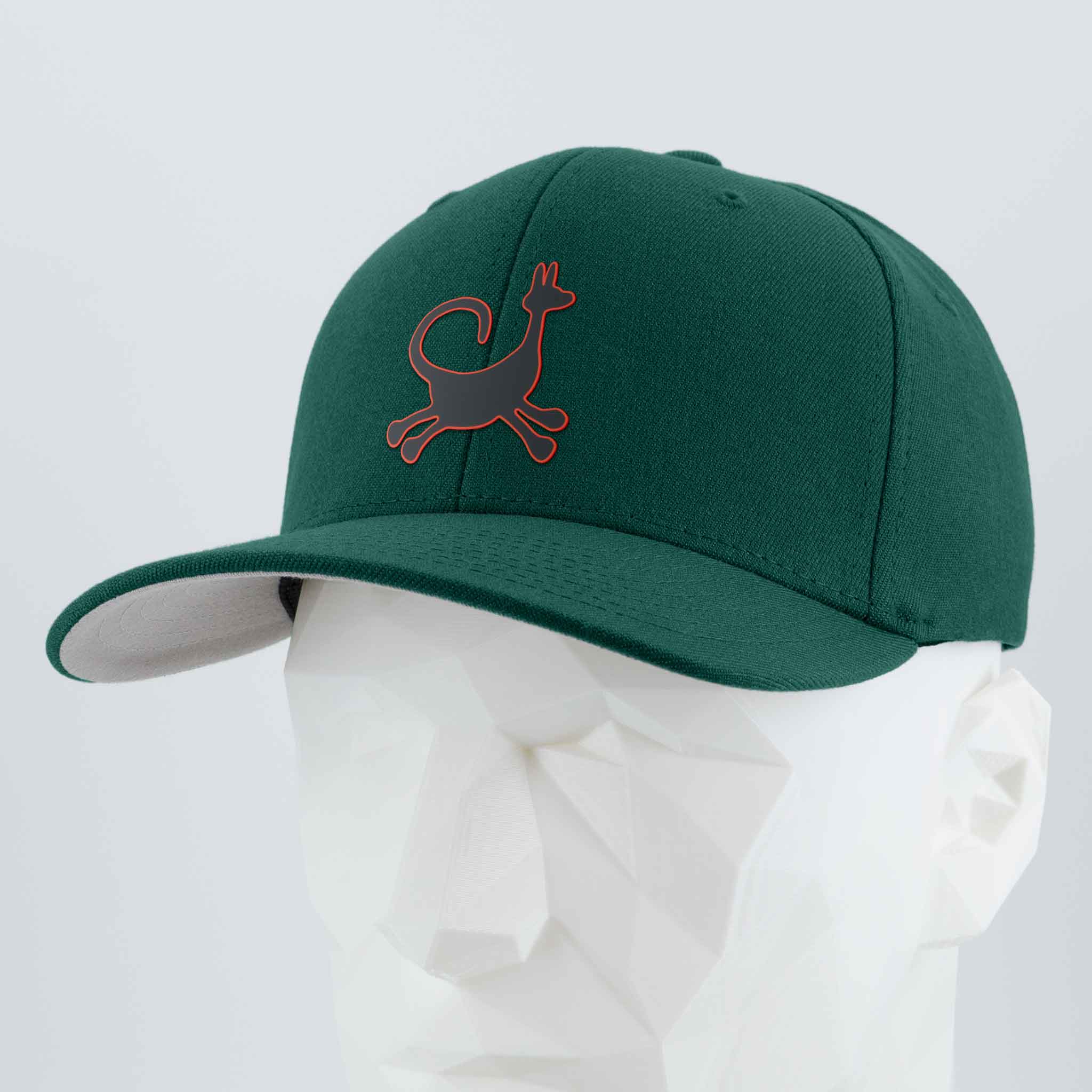
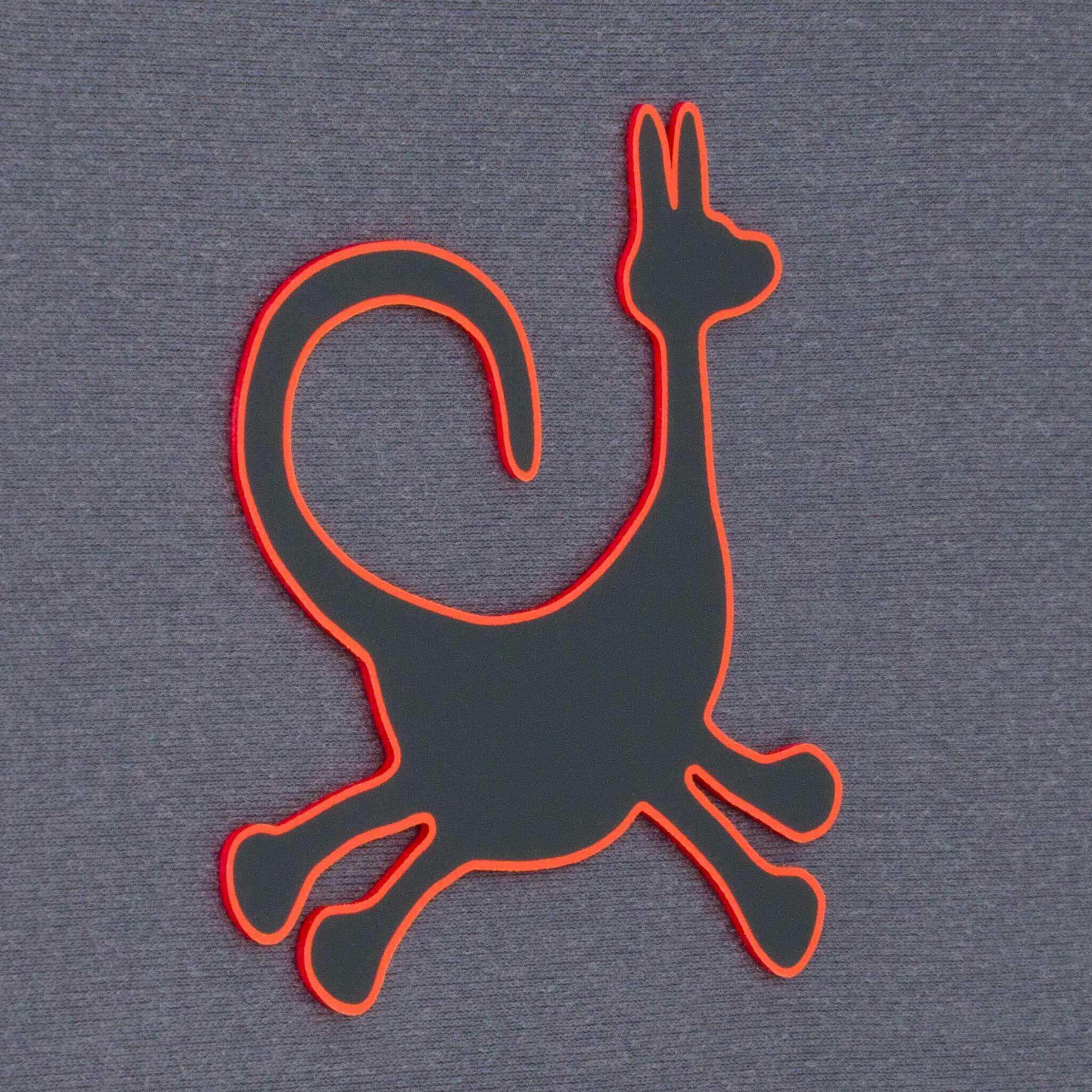
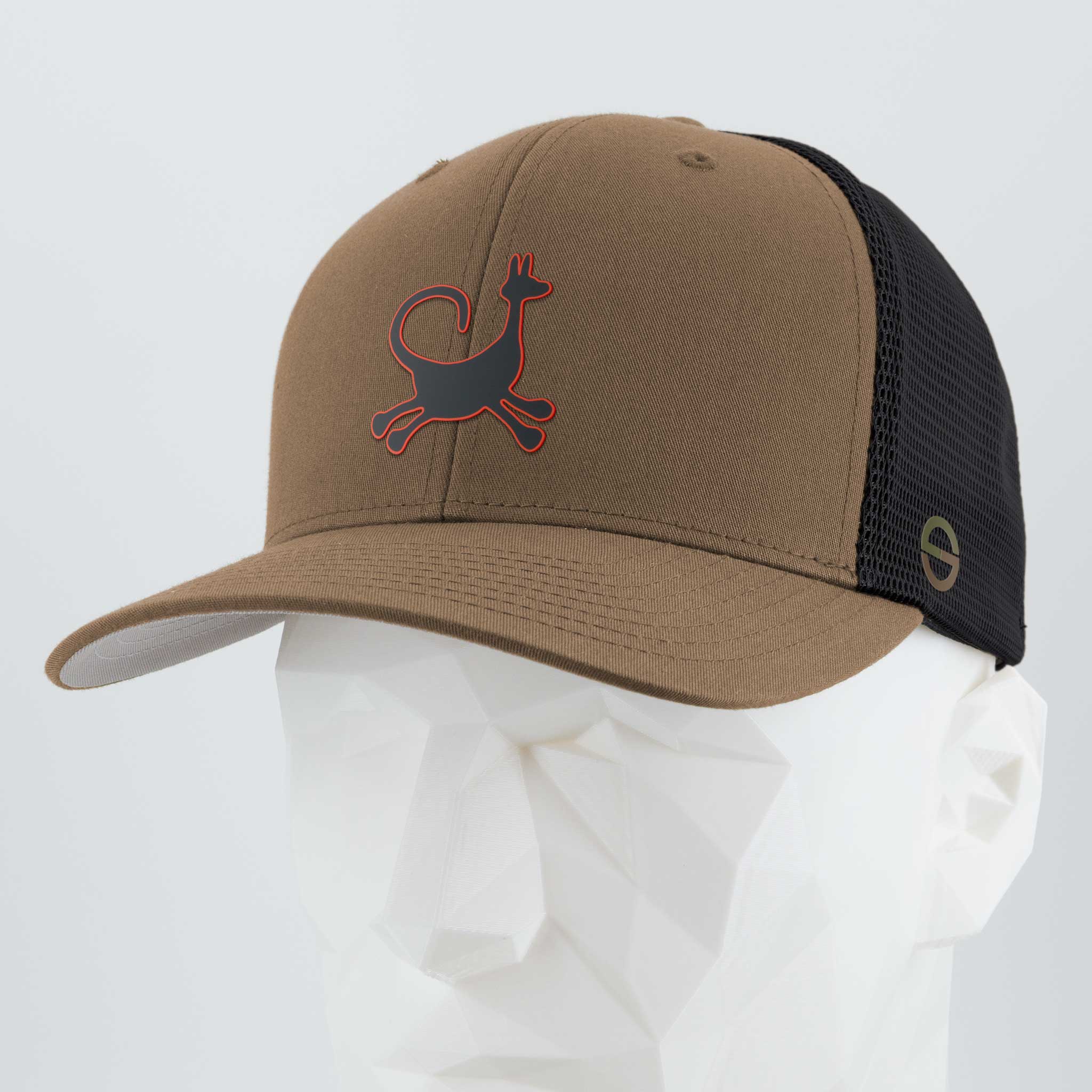




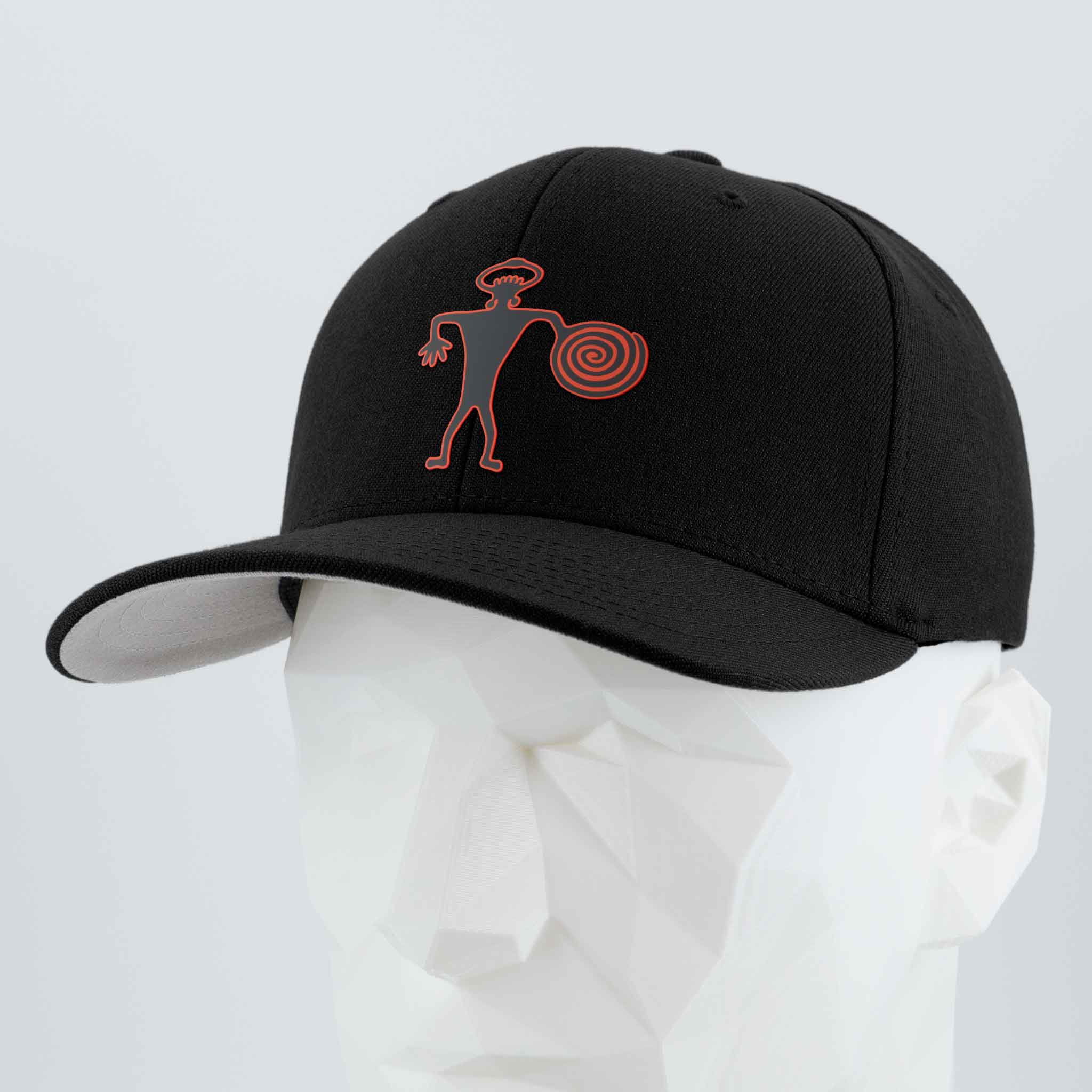

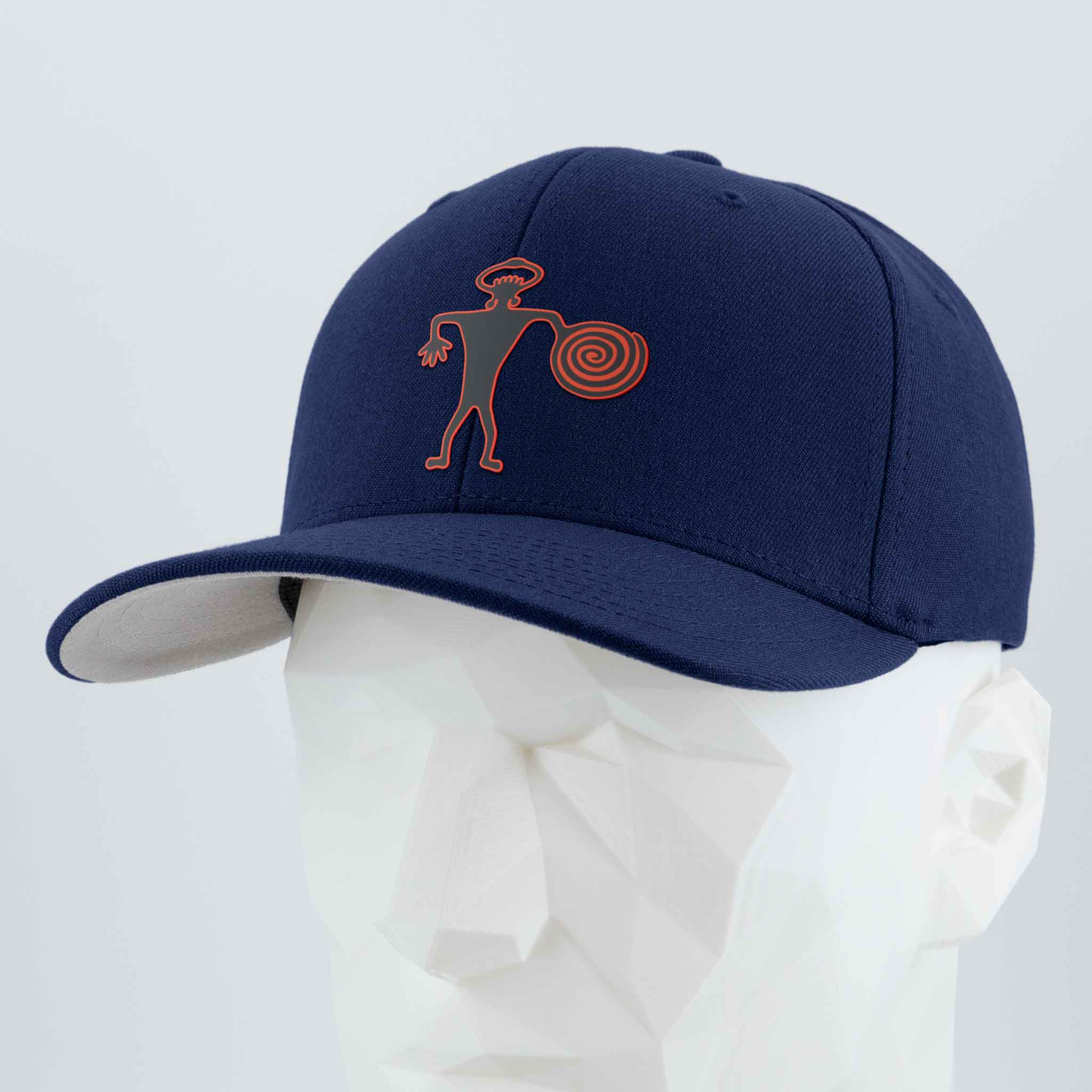
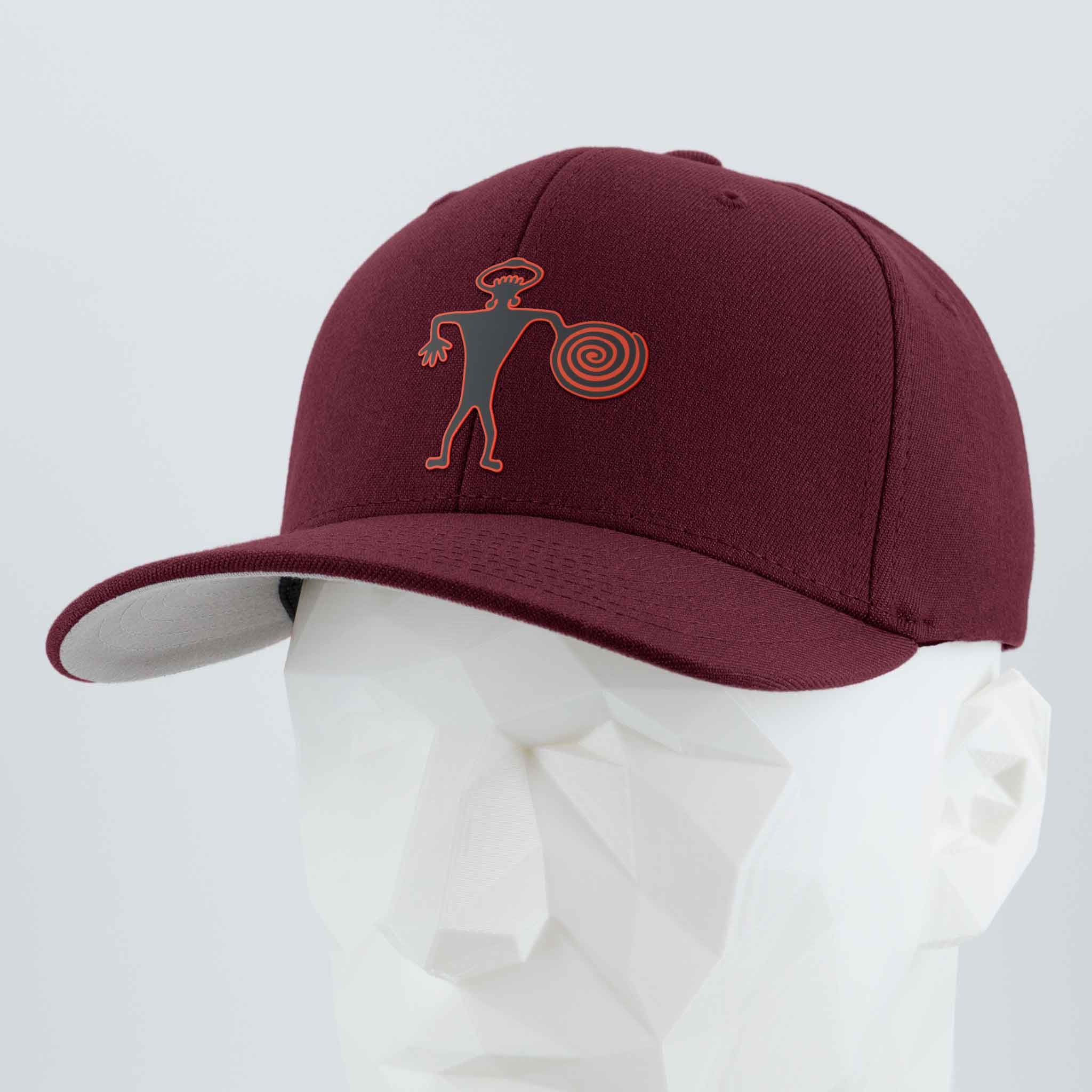

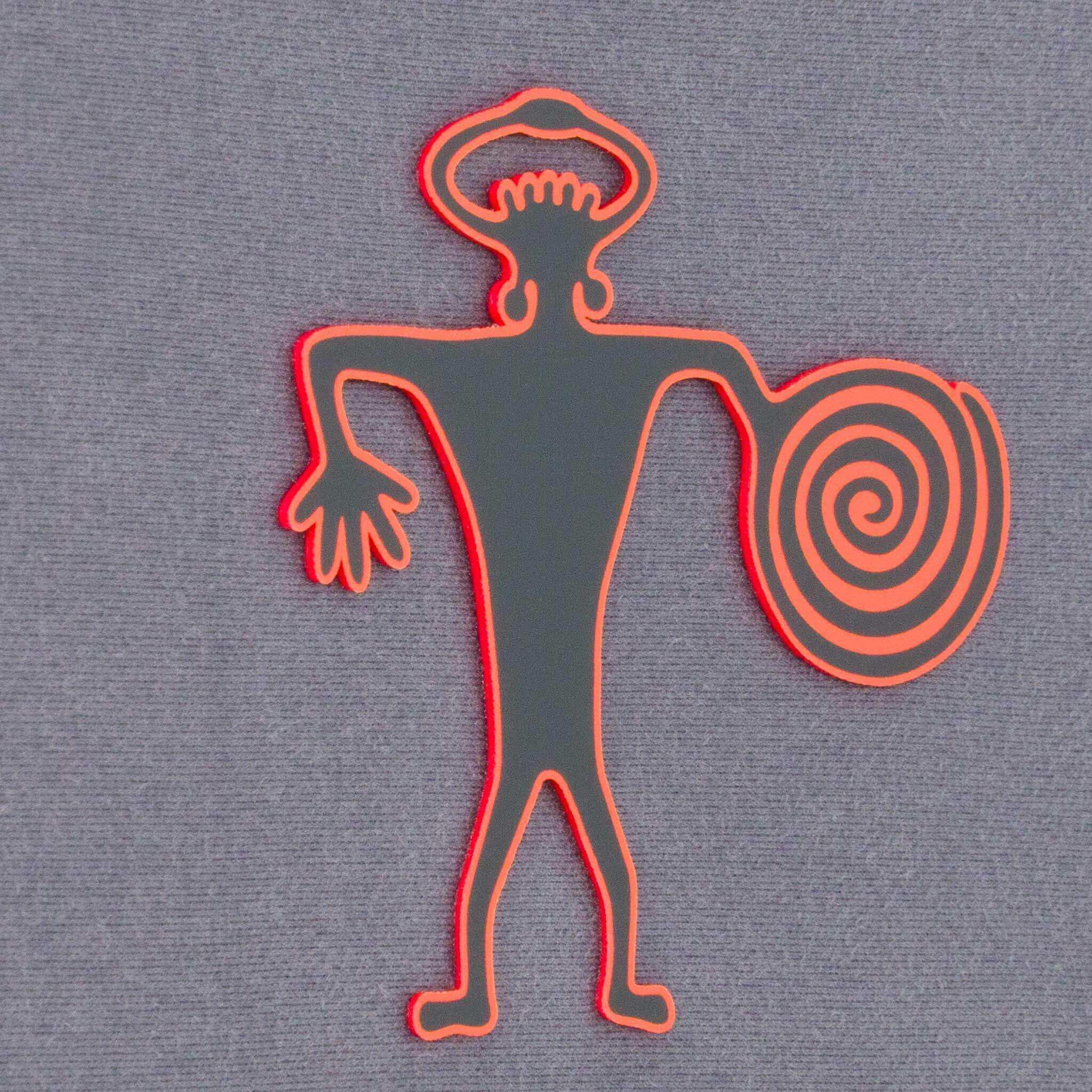


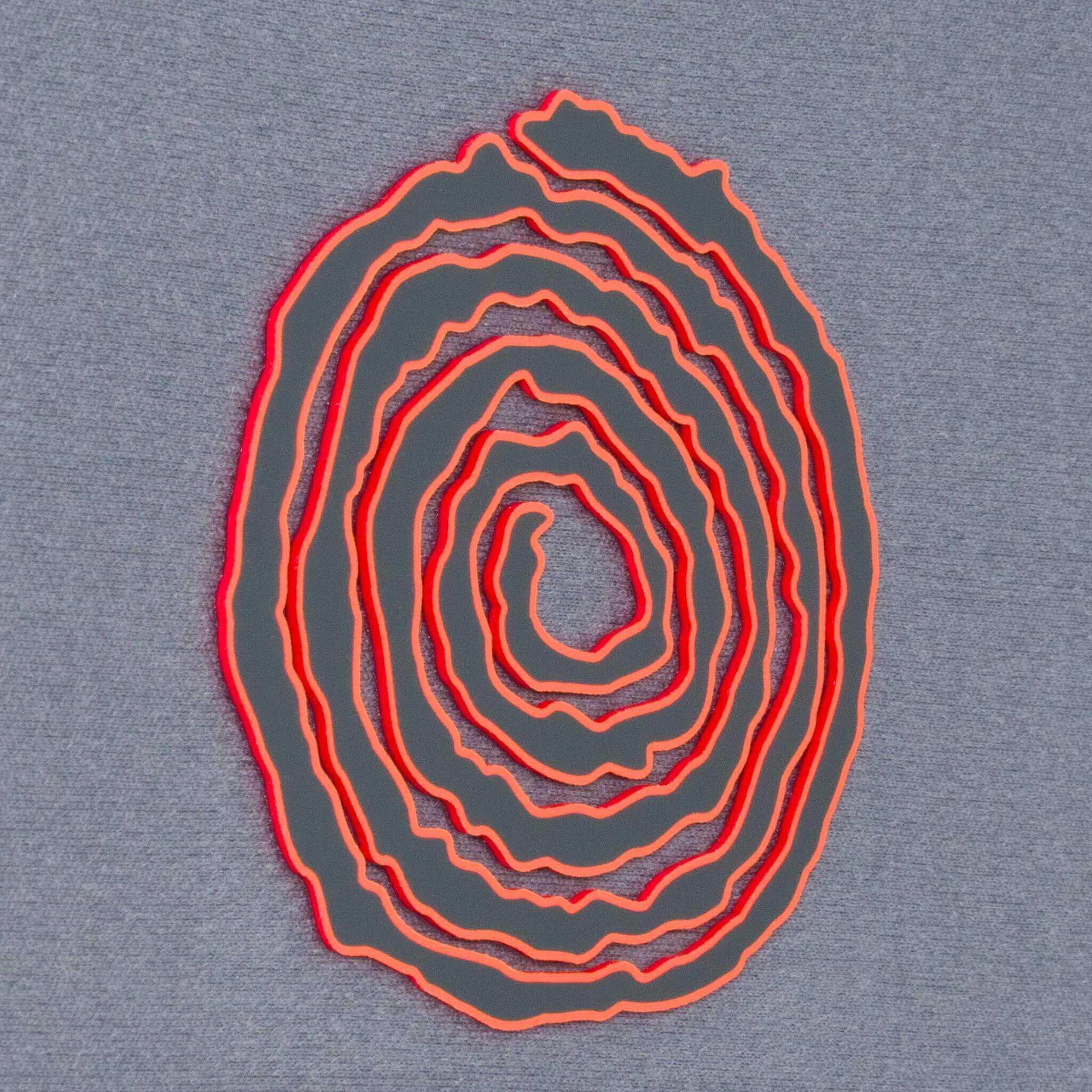
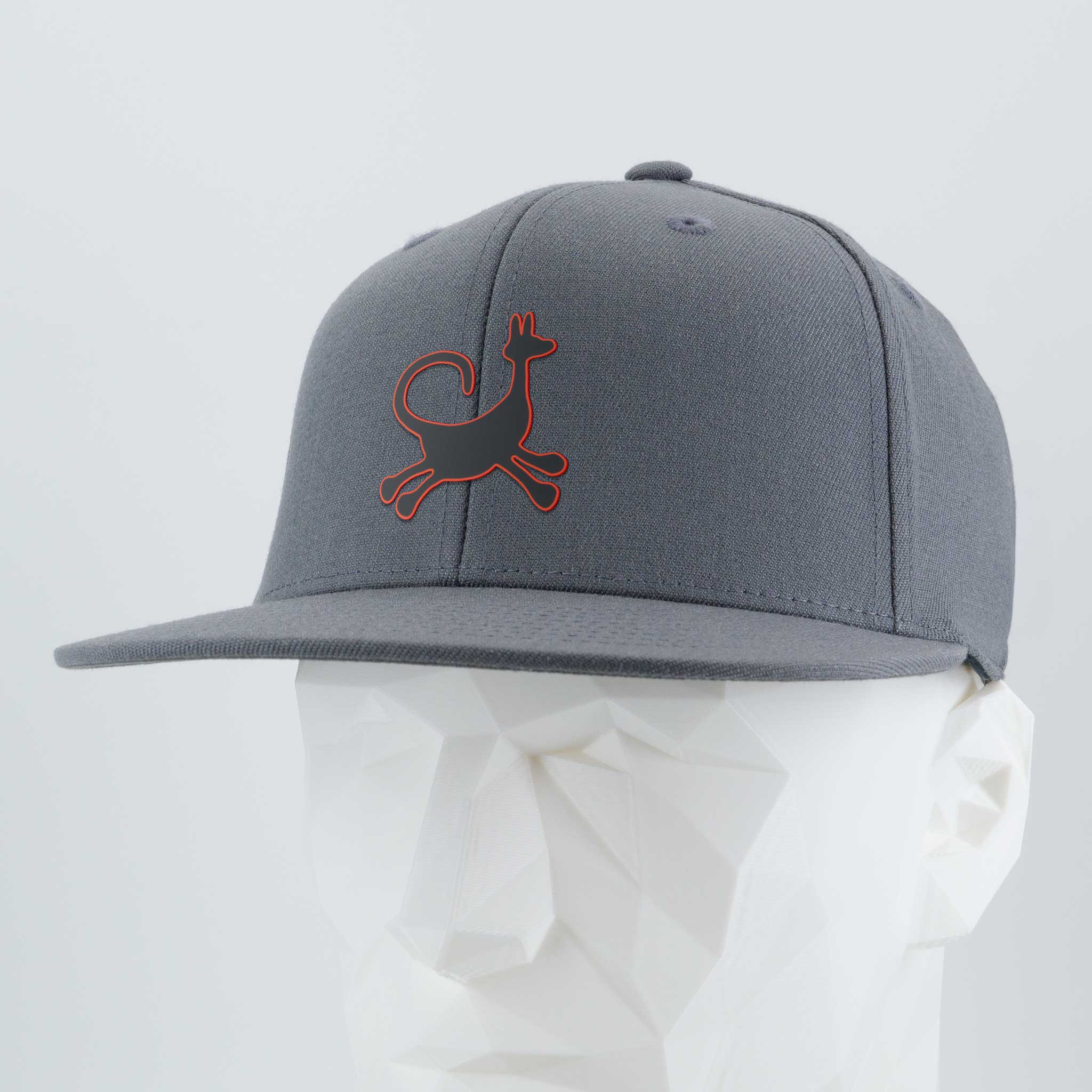



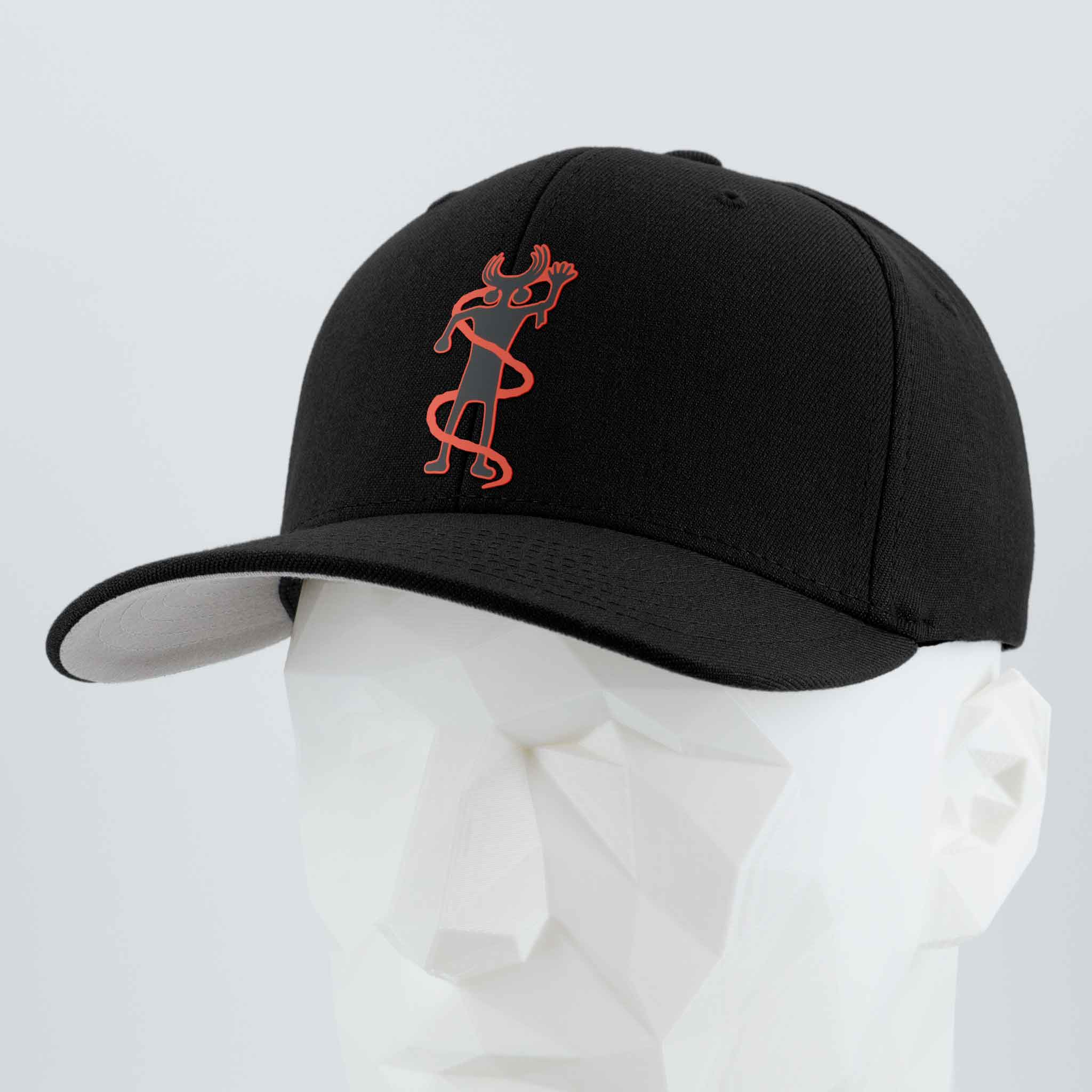
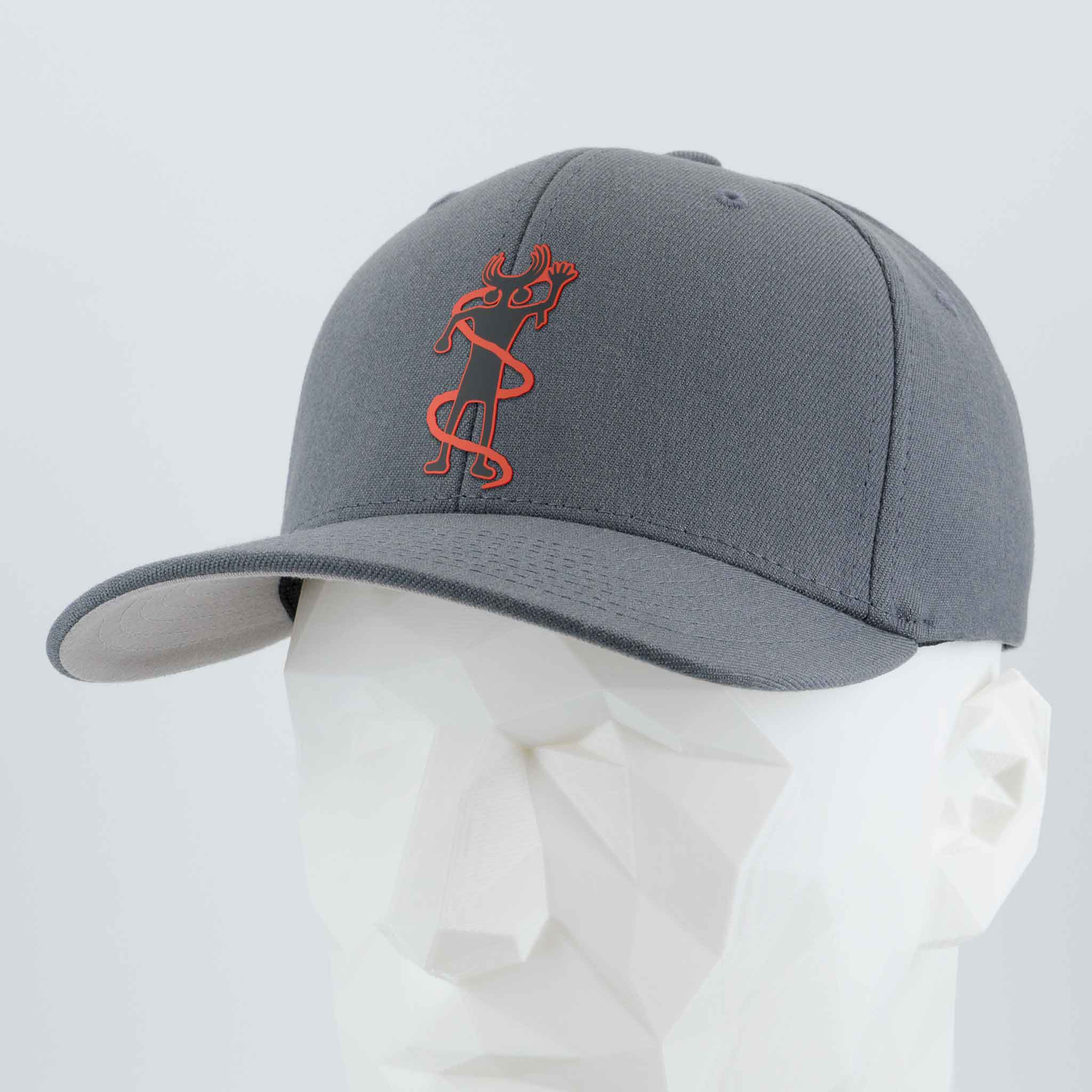
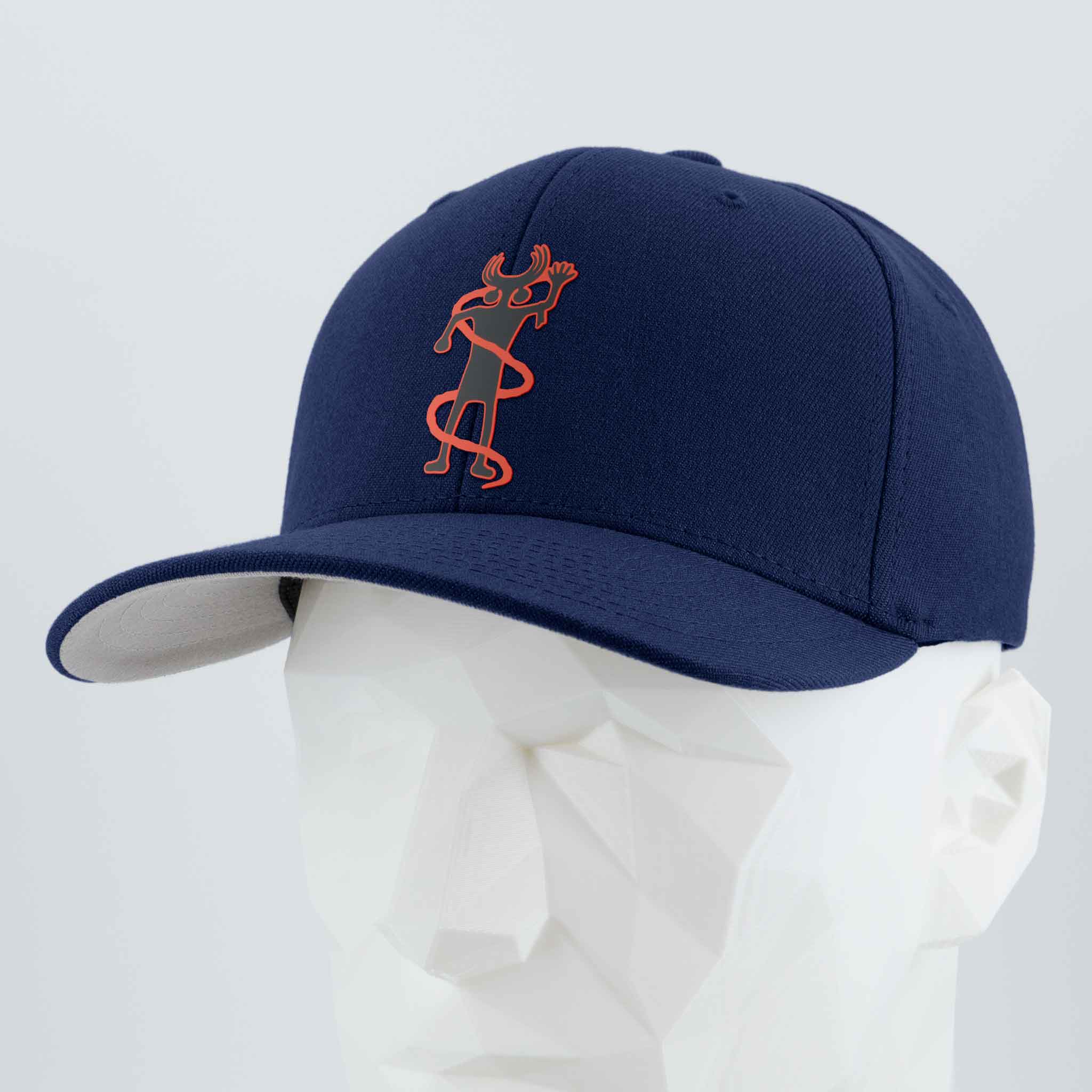
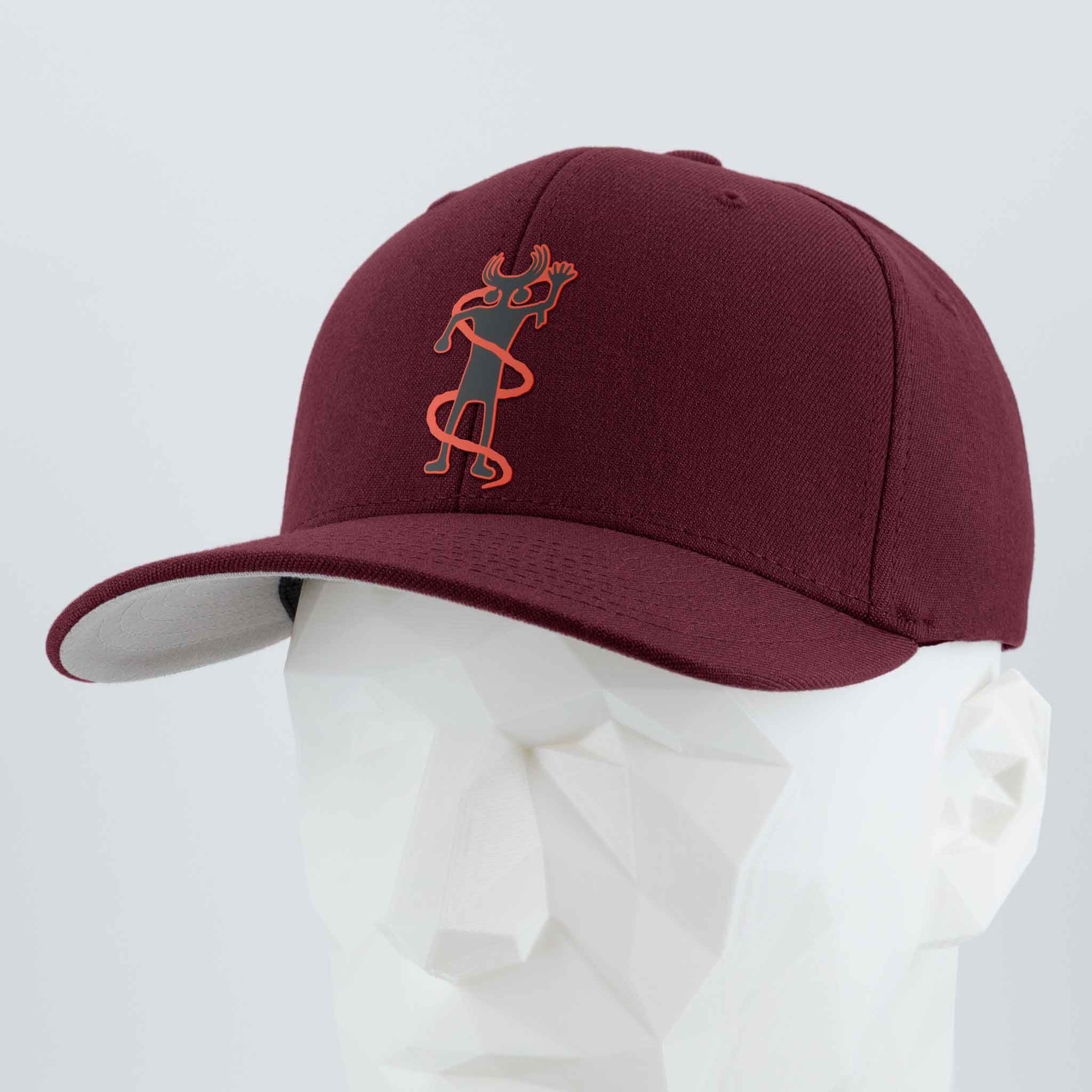
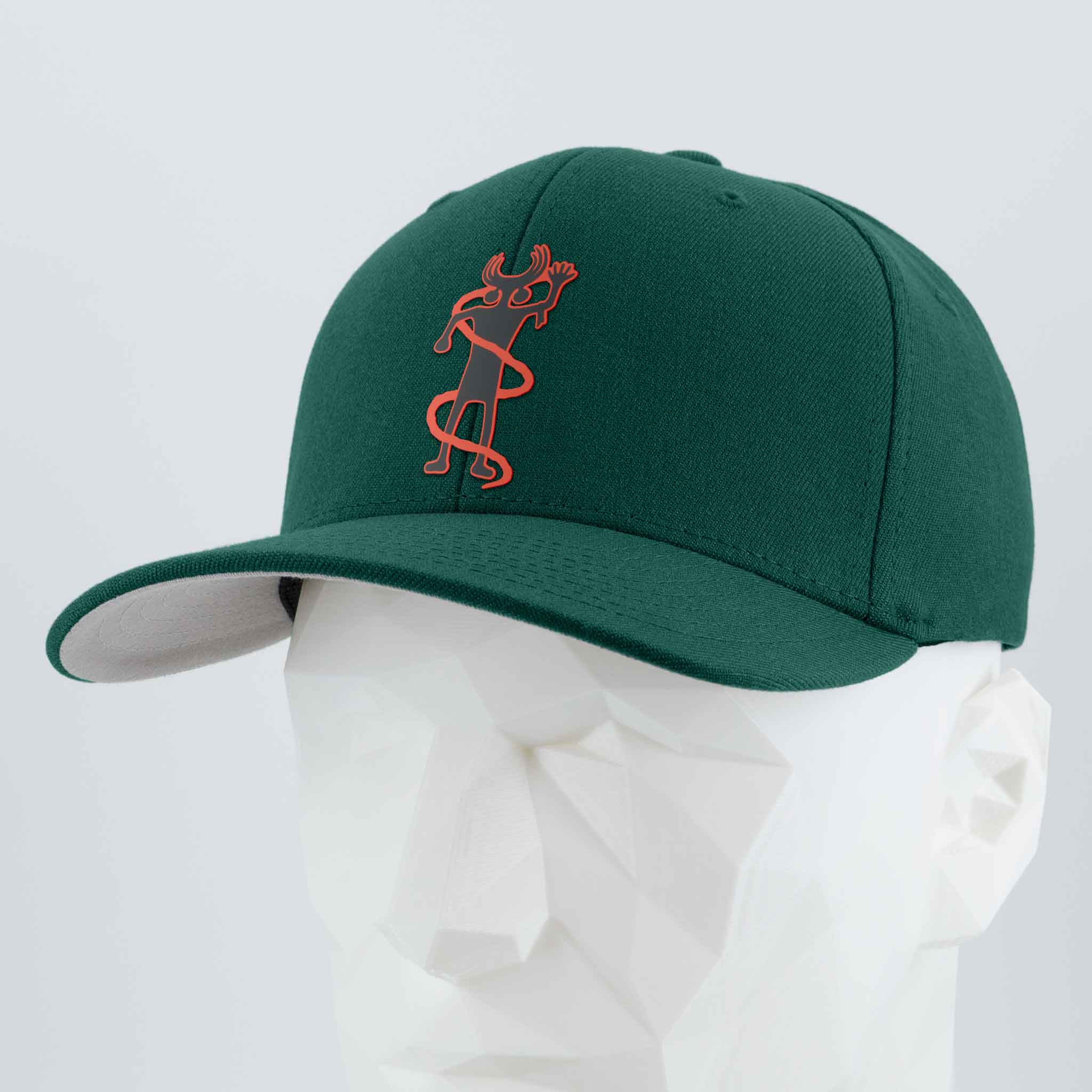
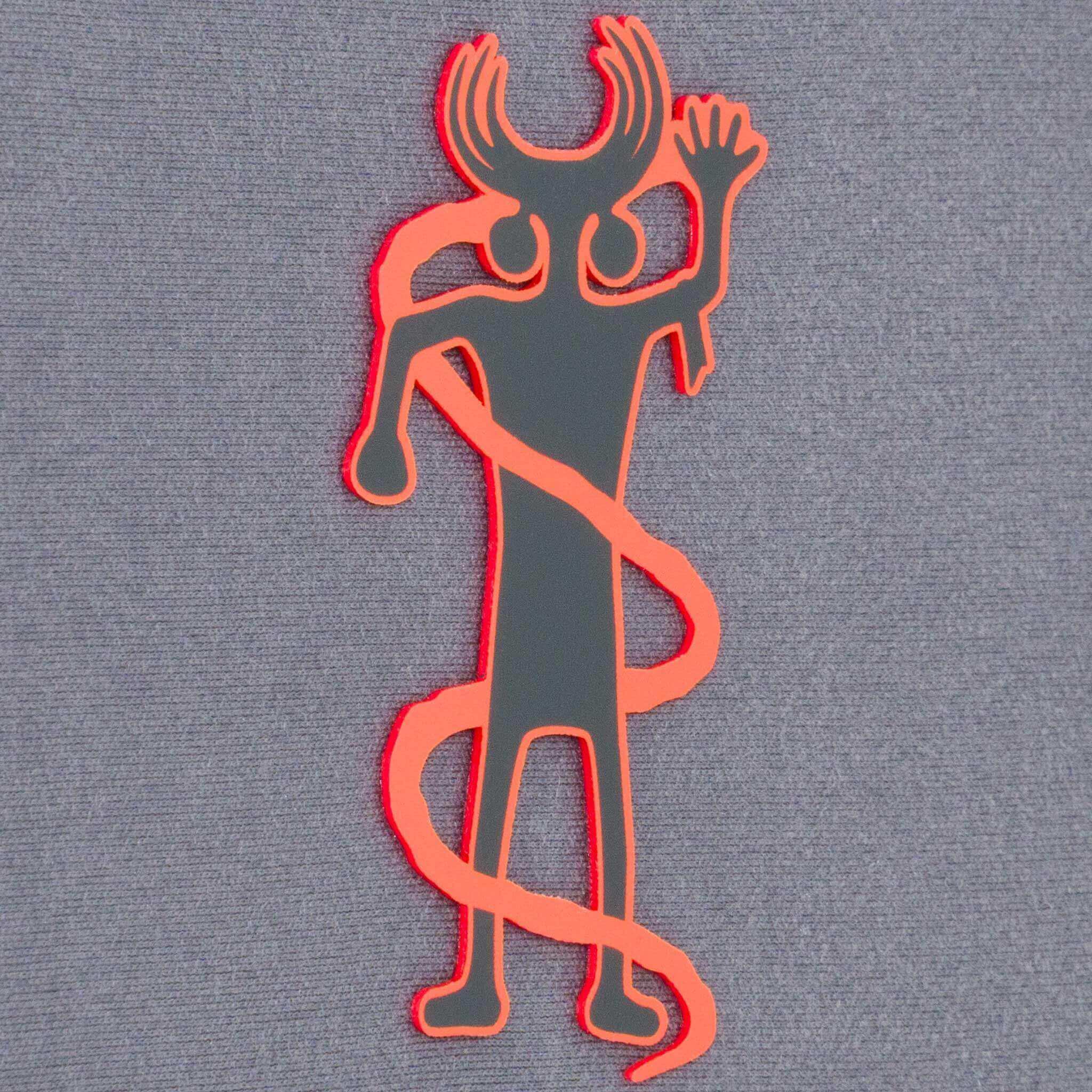
Leave a comment